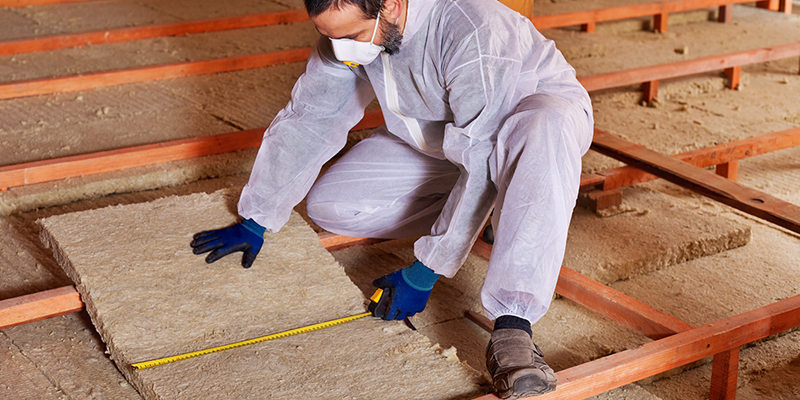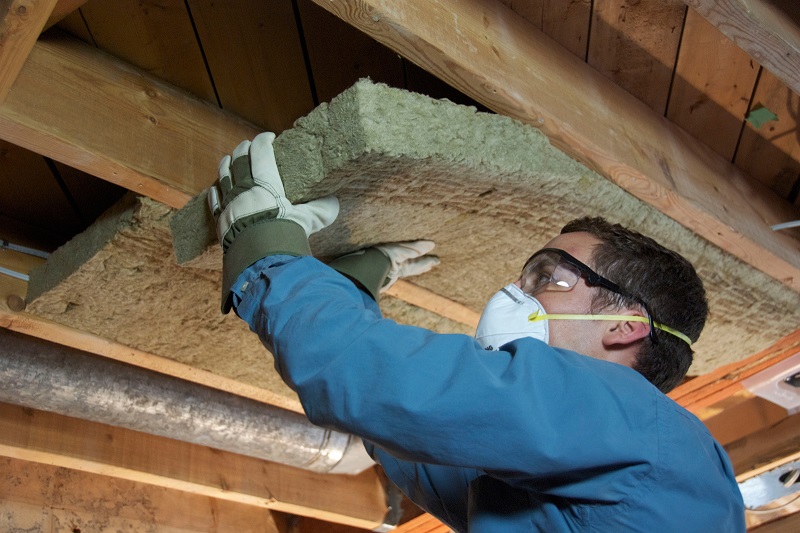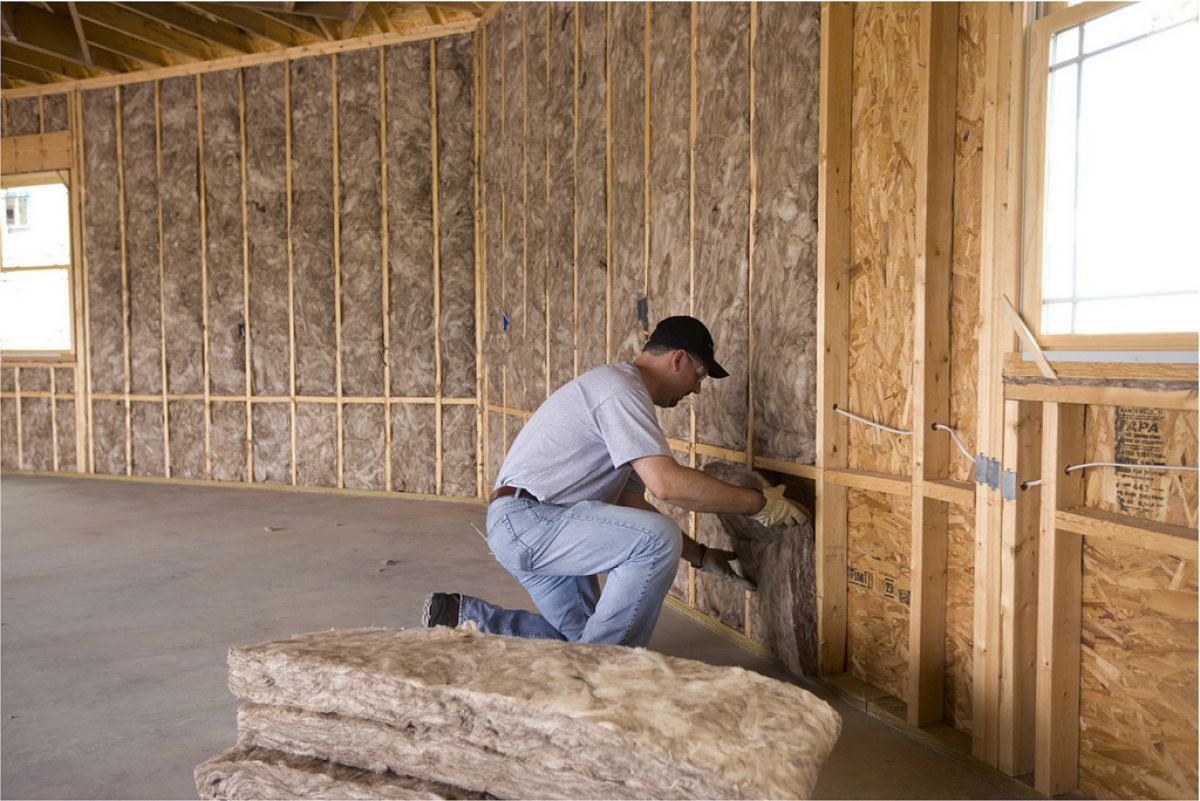When it comes to constructing a building, you should consider it a one-time & the most important investment, where you always invest wisely. With rising global warming effects & inadequate energy resources, it has become vital to design energy-efficient buildings, so you can conserve energy. Researchers are unstoppably discovering the techniques which can help to optimize the utilization of available energy resources. And one such technique that is extensively implemented these days is “Thermal Blanket Insulation“.
If you excitedly want to know what this thermal insulation is, then keep reading this post till the end. In this post, we’ll give you a complete overview of thermal insulation and everything you need to know about it.
Scroll down to continue reading!
Table of Contents
1. Thermal Insulation
2. Best Types Of Insulation Material
2.1. Fiberglass
2.2. Cellulose
2.3. Aerogels
2.4. Polyurethane Foam
3. How Thermal Insulation Blanket Works?
3.1. 3 Methods Of Working
3.1.1. Radiation
3.1.2. Conduction
3.1.3. Convection
4. Final Remarks
Thermal Insulation
Thermal insulation is the reduction of transfer of heat or thermal energy between objects of different temperatures. This process basically hinders the heat/moisture flow rate using different ways including, convection, and radiation, and conduction. If we point out the material, then slag wool, aerogels, Cellulose, Fiberglass, and Polyurethane Foam are the crucial types that are currently used. Let’s dig deep into these materials.
Best Types Of Insulation Material
1. Fiberglass
Fiberglass is the widely used insulation material, which most people use in modern times. As it is fabricated by weaving fine strands of glass into an insulation material, it minimizes heat transfer in the best way possible. Undoubtedly, when high-quality safety equipment is used, fiberglass installation works well without any incident.
2. Cellulose
Cellulose is one of the most eco-friendly types of insulation material. As it is produced from recycled cardboard, paper and generally comes in loose form, it’s R-value ranges between R-3.1 to R-3.7, which is excellent for minimizing fire damaging effects.
3. Aerogels
Aerogels are another wonderful material for thermal insulation. As it possesses high porosity, low conductivity, and high dielectric constant, its products limit thermal losses and offer outstanding insulation & optical performance.
4. Polyurethane Foam
Polyurethane foam is another most widely used insulation material. Basically it is of two types – Open Cell Foam Insulation and Closed Cell Foam Insulation. As it uses non-chlorofluorocarbon gas as a “blowing agent”, it helps to reduce the damage to the ozone layer. And due to an R-value of around R-6.3 per inch of thickness, these low-density foams act as a better fire-resistant material.
Well, apart from these insulation materials, there are many more that you can use. The main thing you need to check out is thermal conductivity, R-value, density and porosity.
How Thermal Insulation Blanket Works?
We know you are waiting for this moment when you get to know about the working of thermal insulation blankets! Thermal insulation products are designed to prevent the transfer of heat, wind or moisture across the material itself.
Basically, the entire work is based on the three major principles or methods. The working is initiated by an energy transfer process by conduction and is hindered by the level of water vapor, which is maintained by the air.
The water vapors will further store the heat provided to them via conduction. When the quantity of water vapors surpasses the level of heat required to maintain it as a gas, it condenses. Condensation will enable latent heat to be released and thus, the process will begin again.
Let’s explore a little more about the methods.
3 Methods Of Working
1. Radiation:
Radiation is the very first method of working or can say that it initializes the entire working. In this step, any surface, object or interface whose temperature is higher than the coverings that surround it initiate loss of energy in the form of “net radiant exchange”.
This radiant heat will travel only in straight lines. Introducing a hard object between points A & B, they will never directly exchange radiant heat. As per the results observed, we can say that radiation is the only heat transfer mechanism that crosses vacuums.
2. Conduction
Conduction, the second phase of thermal blanket insulation’s working depends upon physical contact. Simply means, if there is no contact, conduction never takes place.
Contact between two different objects of different temperatures leads to heat/wind exchange from the high temperature to the low-temperature object. The higher the temperature difference, the quicker will be the heat transfer.
3. Convection
Convection is the final method of working, which plays an important role in the evaporation and transfer of wind, heat, and moisture in buildings. The most common proliferation of this method is from solid to gas, i.e. substance to air, which generally happens when the air meets with the outer structure fabric.
Final Remarks:
It’s all about what you need to know about the insulation blanket. We hope this article cleared your so many doubts and you will ask if still any. If you have any doubts or want to know something else, then drop us a message. We’ll get back to you immediately.



